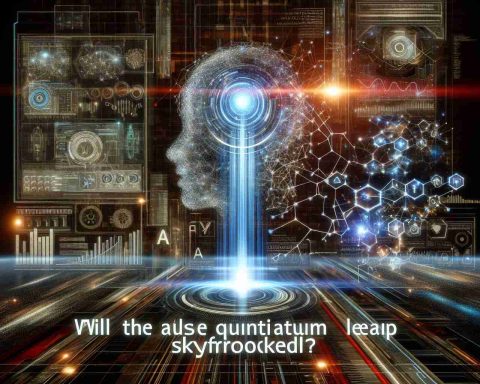The Future of Mazda’s Electrification Journey
Mazda is gearing up for a significant shift in its electric vehicle (EV) strategy, with the highly anticipated launch of its first true electric model expected around 2027. The company made its North American debut with the MX-30, but despite its appealing driving experience, the compact crossover fell short in terms of price and battery range, leading to its withdrawal from the region.
To capitalize on the growing EV market, Mazda is planning to establish a dedicated factory in Japan for electric vehicle production. This move is part of their broader initiative to develop a versatile electric platform suited for a wide range of future models. Strategic collaboration with Panasonic is set to enhance Mazda’s battery capabilities, aiming for an impressive annual output of 10 GWh.
In addition to the MX-30, Mazda has introduced the EZ-6 sedan, which is available in China and Europe. This mid-size vehicle shares characteristics with the older Mazda6 and offers a range-extender option. It’s important to note that the EZ-6 is built on an electric platform sourced from Changan, highlighting Mazda’s global collaboration in electrification.
Looking ahead, 2027 is poised to be a landmark year for Mazda as it explores solid-state batteries, seen by many as the future of automotive energy solutions. Moreover, the company’s commitment to hybrids will further expand in 2025, showcasing its dedication to a greener automotive future.
Revving Up for an Electric Future: Mazda’s Strategic EV Moves
Mazda is on the brink of a transformative era within its electric vehicle (EV) lineup, with exciting developments set to unfold in the coming years. As the automaker prepares to launch its first fully electric vehicle around 2027, several key initiatives and innovations are fueling its electrification strategy.
New EV Factory and Collaborative Innovations
In a bold step aimed at meeting increasing consumer demand for electric vehicles, Mazda plans to establish a dedicated factory in Japan specifically for EV production. This factory will play a crucial role in the company’s ambition to create a flexible electric platform adaptable for various future models. Moreover, Mazda’s collaboration with Panasonic will enhance its battery production capabilities, targeting an ambitious output of 10 GWh annually. This partnership represents a significant leap in battery technology, essential for increasing the range and efficiency of Mazda’s future EV offerings.
Current and Upcoming Models: A Quick Overview
Beyond the MX-30 and the newly introduced EZ-6 sedan, which is currently available in China and Europe, Mazda aims to expand its electric offerings. The EZ-6 is especially noteworthy as it utilizes an electric platform developed in collaboration with Changan, a testament to Mazda’s global partnerships. This mid-size vehicle comes with a range-extender option, catering to consumers seeking versatility in their EV choices.
The 2027 Breakthrough: Embracing Solid-State Batteries
As part of its commitment to innovative energy solutions, Mazda is investigating solid-state batteries, widely seen as the next significant advancement in battery technology. These batteries promise greater energy density, improved safety, and shorter charging times compared to traditional lithium-ion batteries. The potential introduction of solid-state batteries in Mazda vehicles by 2027 could redefine performance standards in the EV market.
Pros and Cons of Mazda’s EV Strategy
Pros:
– Strategic Collaborations: Partnerships with leading companies like Panasonic enhance technology development.
– Future-Ready Models: The commitment to versatile platforms allows for a wider array of EV models.
– Sustainability Focus: Shift towards hybrid models and exploration of solid-state technology shows dedication to greener practices.
Cons:
– Late Market Entry: With a first true electric model not expected until 2027, Mazda risks falling behind competitors.
– MX-30 Challenges: Previous model’s limited range may affect public perception of Mazda’s EV capabilities.
Market Trends and Predictions
The EV market is projected to continue its rapid growth, driven by increasing consumer interest and tightening emission regulations. As manufacturers race to innovate, companies like Mazda must navigate this competitive landscape while ensuring technological advancements align with consumer expectations. Innovations in battery technology, such as solid-state options, are likely to become critical differentiators in the automotive industry.
Conclusion: A Watchful Eye on Mazda’s Developments
Mazda’s electrification journey is one to watch closely as it evolves with the industry landscape. The combination of a new manufacturing facility, strategic partnerships, and advancements in battery technology positions Mazda to potentially redefine its market presence in the coming years. As consumers increasingly seek environmentally friendly options, Mazda’s commitment to hybrid and electric models will be pivotal in winning over a new generation of drivers.
For more information on Mazda’s electrification advancements, visit Mazda’s official website.













